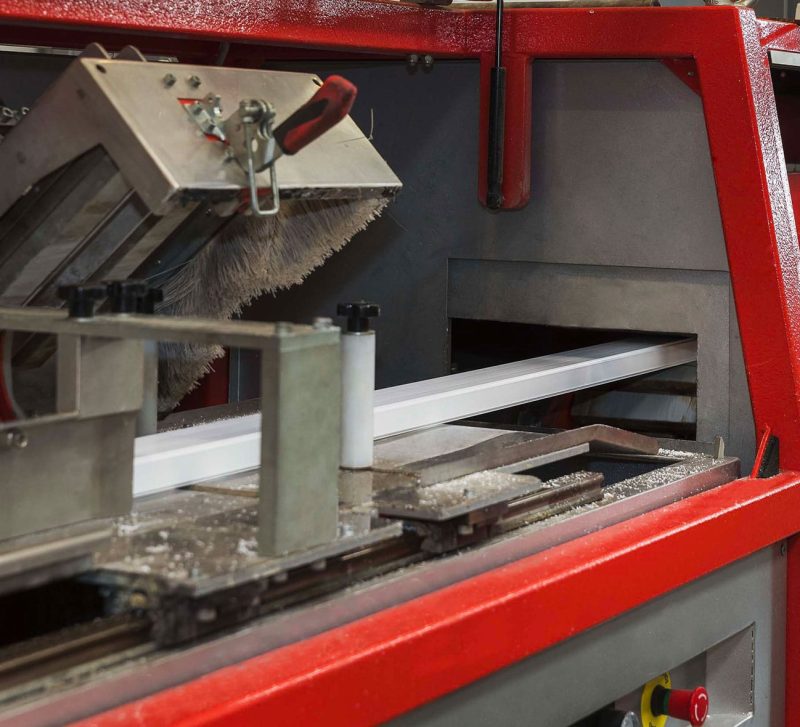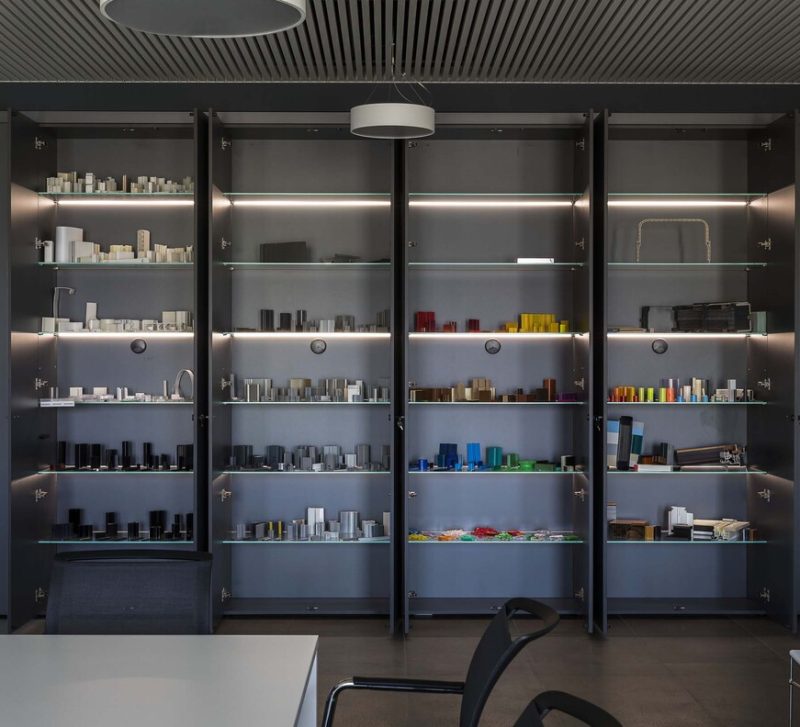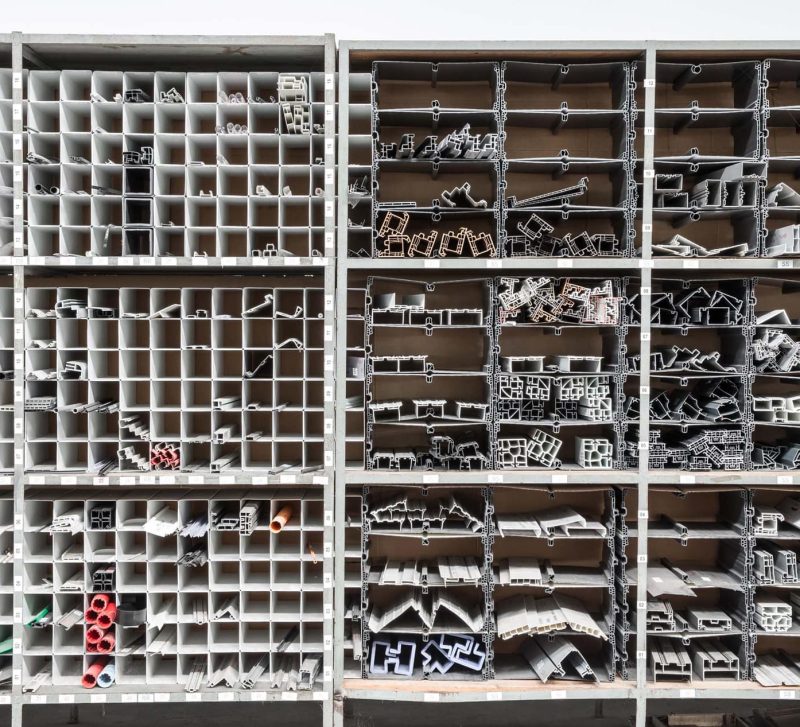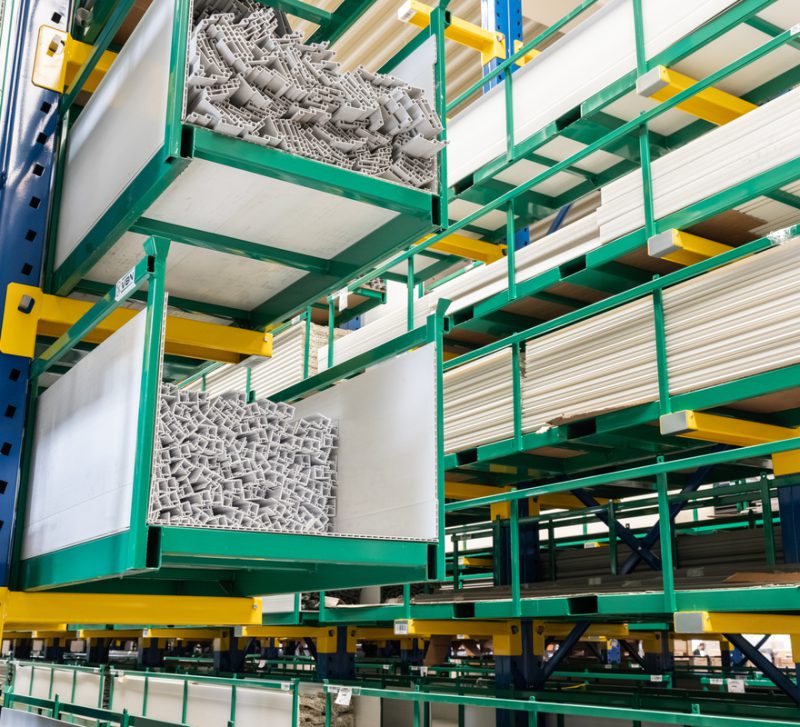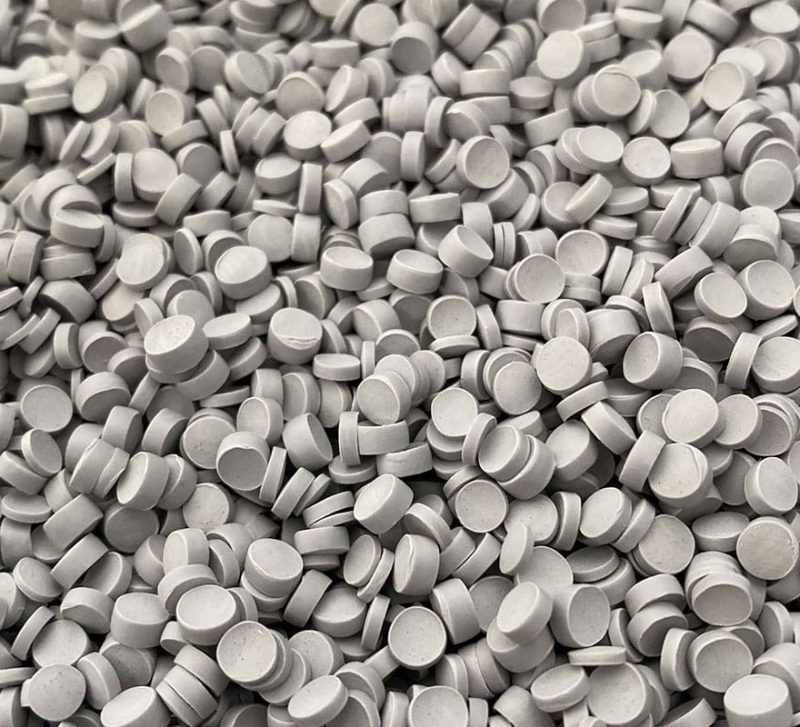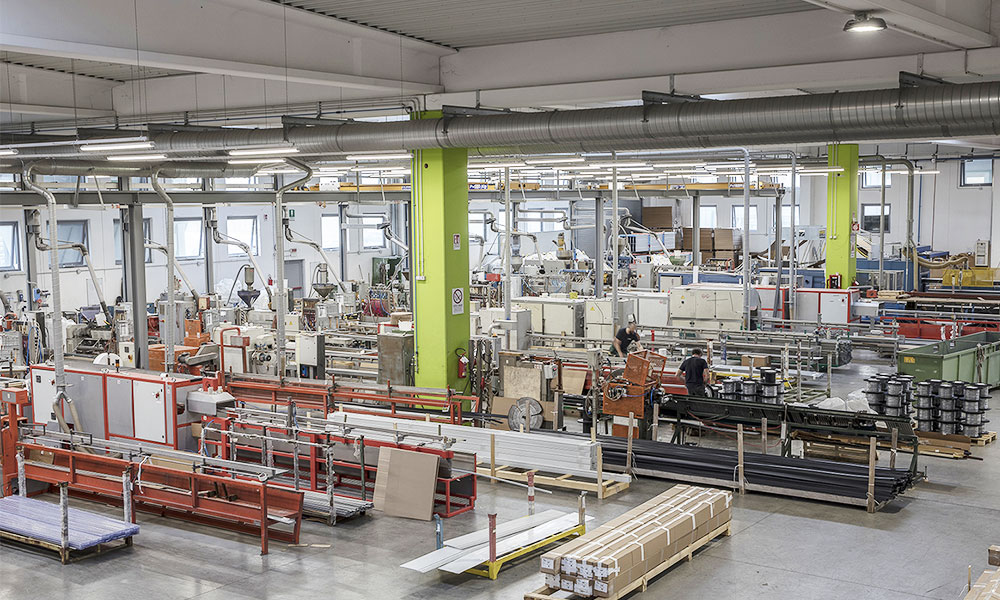
Molding companies in the factory of the future: thanks to collaborative robotics, it will be easier to take advantage of robotic interactions to improve processes and operations.
Innovation is leading to an ever greater interaction between humans and robots in different contexts, such as the industrial one: collaborative robotics has now fully entered the industrial technological landscape.
Traditionally, industrial robots were conceived as isolated production systems, closed in protected work areas and with their functionality based on repeated cycles. The conception of the collaborative robot (or co-bot) instead travels in the opposite direction: in the factory of the future (but, without exaggerating, also of the present), the machines will be able to execute commands in an increasingly precise and sophisticated way, understanding the objectives of those commands.
Co-bot, yesterday and today
Collaborative robots were invented in 1996 by J. Edward Colgate and Michael Peshkin, two professors at Northwestern University. The co-bots were the result of a General Motors initiative aimed at implementing robotics in the automotive sector: the goal was to find a method for making robots collaborate with workers. Today, collaborative robotics is a mature industry, which grows and will grow in double digits.
Today’s collaborative robots are light, equipped with simple and intuitive programming interfaces and, above all, they are able to cooperate and coexist with humans: a potentially revolutionary solution for production systems, of particular fascination for SMEs that have an interest in gradually introducing robotic technology into their processes.
Collaborative robotics: the benefits
Collaborative robotics is already bringing, and is destined to bring more and more, a great contribution to the enhancement of human resources in the company. Robots, in fact, can exempt employees from repetitive and not very stimulating jobs, allowing them to dedicate themselves to more creative and rewarding tasks, which give real value to the worker.
The constant technological development is transforming these machines into important allies, both for the improvement of quality and for the protection of the health of workers: not only, in fact, employees can avoid the most monotonous and strenuous activities, but at the same time they can avoid the riskier tasks.
